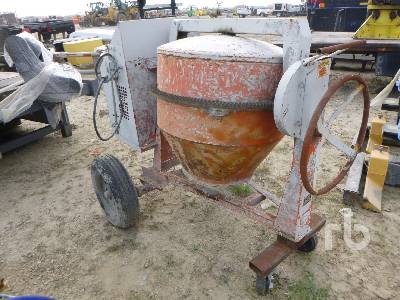

In addition, gold may be dissolved by the chlorine present in aqua regia. The gold dissolves to become chloroauric acid. This results in a removal of gold ions from solution and allows further oxidation of gold to take place. The reaction with hydrochloric acid is an equilibrium reaction that favors formation of chloroaurate anions (AuCl 4 −). The hydrochloric acid provides a ready supply of chloride ions (Cl −), which react with the gold ions to produce tetrachloroaurate(III) anions, also in solution. Nitric acid is a powerful oxidizer, which will actually dissolve a virtually undetectable amount of gold, forming gold ions (Au 3+). Pure gold precipitate produced by the aqua regia chemical refining processĪqua regia dissolves gold, although neither constituent acid will do so alone. If there is contamination by dissolved metals, the neutralized solution should be collected for disposal. While local regulations may vary, aqua regia may be disposed of by careful neutralization, before being poured down the sink. ĭue to the reaction between its components resulting in its decomposition, aqua regia quickly loses its effectiveness (yet remains a strong acid), so its components are usually only mixed immediately before use. While chromic acid baths are discouraged because of the high toxicity of chromium and the potential for explosions, aqua regia is itself very corrosive and has been implicated in several explosions due to mishandling. This method is preferred among most over the more traditional chromic acid bath for cleaning NMR tubes, because no traces of paramagnetic chromium can remain to spoil spectra. It is also used in some laboratories to clean glassware of organic compounds and metal particles. Because nitric oxide reacts readily with atmospheric oxygen, the gases produced also contain nitrogen dioxide, NO 2:Ģ NO + O 2 → 2 NO 2 Applications Īqua regia is primarily used to produce chloroauric acid, the electrolyte in the Wohlwill process for refining the highest quality (99.999%) gold.Īqua regia is also used in etching and in specific analytic procedures.

Therefore, in addition to nitrosyl chloride and chlorine, the fumes over aqua regia contain nitric oxide. This dissociation is equilibrium-limited. Nitrosyl chloride can further decompose into nitric oxide and chlorine: As the volatile products escape from solution, the aqua regia loses its potency. These reactions result in the volatile products nitrosyl chloride and chlorine gas:Īs evidenced by the fuming nature and characteristic yellow color of aqua regia. Upon mixing of concentrated hydrochloric acid and concentrated nitric acid, chemical reactions occur.


 0 kommentar(er)
0 kommentar(er)
